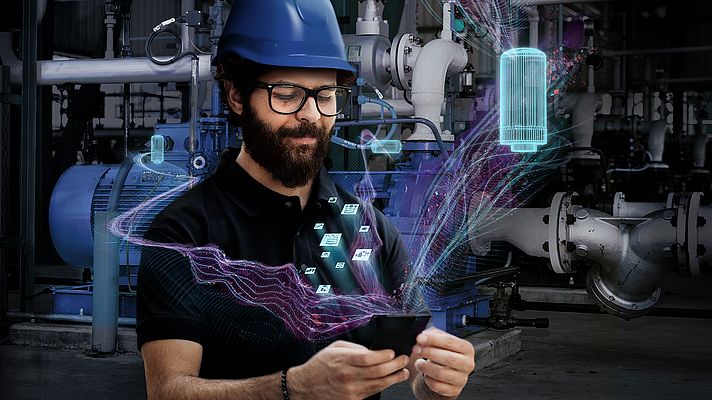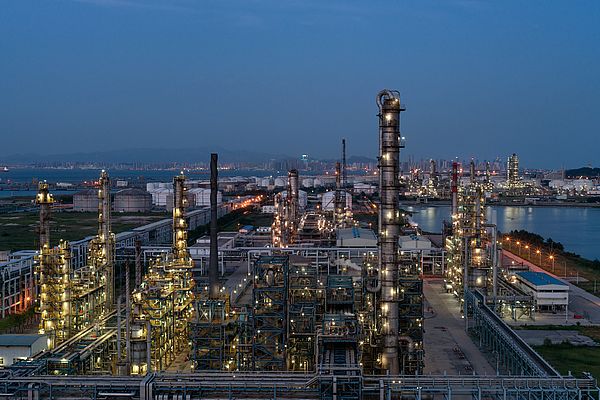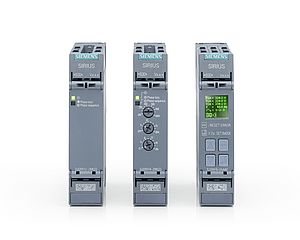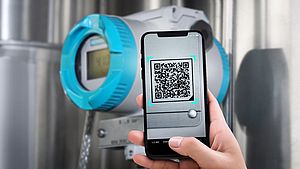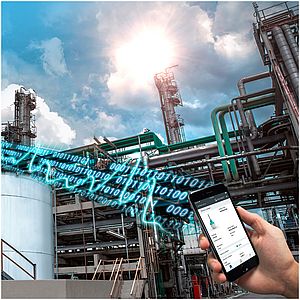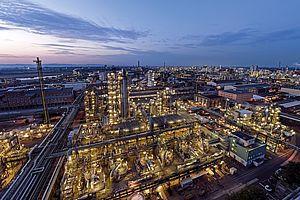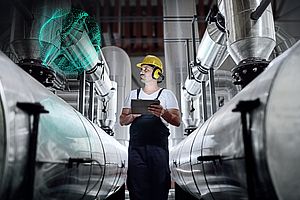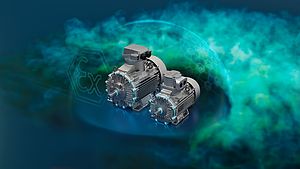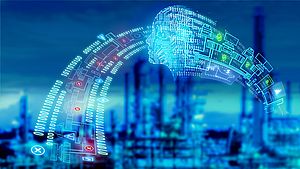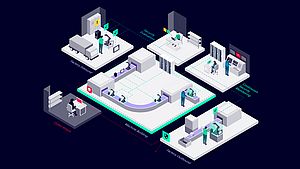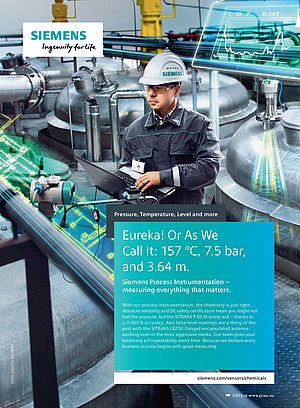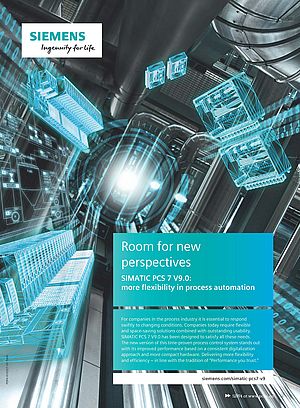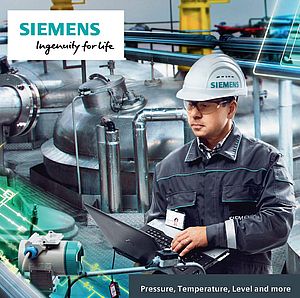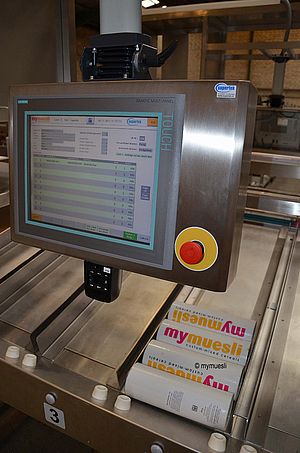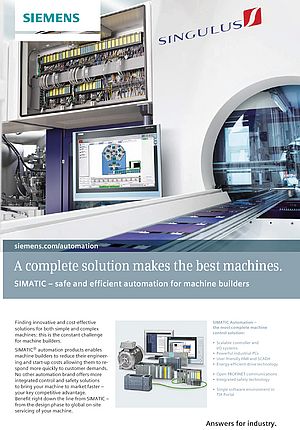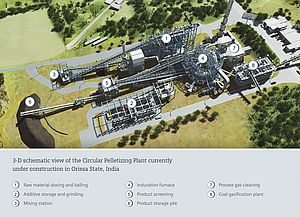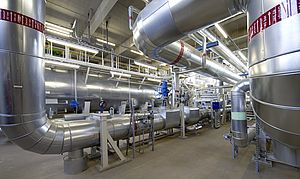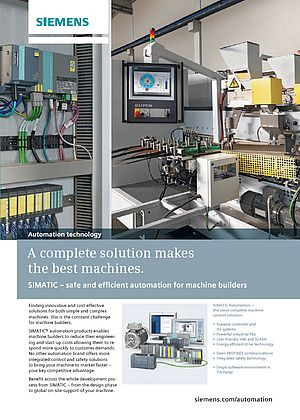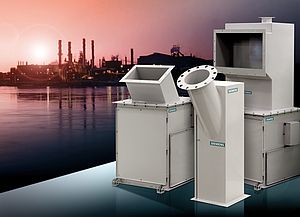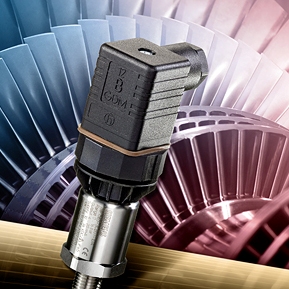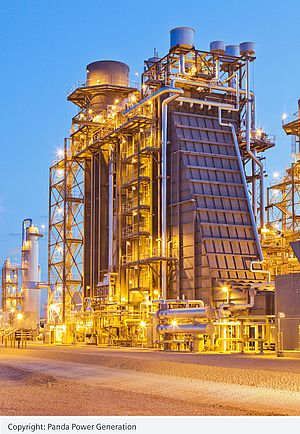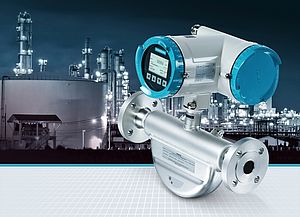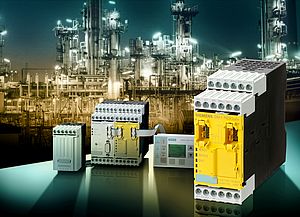The first step begins even before the actual plant optimization – namely with the production resources used in process plants such as oil and gas. These must be defossilized as far as possible. This is possible by using oils and gases from chemical recycling processes. In these processes, waste such as plastic or used tires is reprocessed and converted into usable oils, gases, or carbon black. In Europe, several innovative companies are already working on such processes to serve the process industry. Chemical recycling is particularly relevant for plastics, which have a short life span and contribute significantly to environmental pollution.
Plant operators should then take a look at the drive systems in their production. Electric motors account for almost 70 percent of production's electricity needs. Through a holistic system approach, energy savings of up to 60 percent can be achieved for the entire powertrain. These include, for example, increasing the efficiency of the motor, using the latest frequency converters for variable-speed operation, and integrated digital solutions. This, in turn, saves CO2 emissions. Other plant components in chemical plants with high energy consumption include reactors and distillation columns.
SMART SENSORS AND AI-BASED MAINTENANCE
Existing plant components can also be retrofitted with intelligent sensors to avoid unplanned failures and the associated unnecessary consumption of energy and raw materials. Asset management solutions based on artificial intelligence support the predictive maintenance of plant components such as pumps or valves. They detect deviating operating patterns and ensure maximum reliability and efficiency of these components. Operators receive transparent information about where a component is in its life cycle and when is the optimal time for maintenance.
With modern software, intelligent sensors can also be monitored from a distance. This avoids long journeys to distant measuring points. Intelligent positioners in the valve control system should also not be underestimated. They ensure that the compressed air used for control is only used when it is actually needed. Here, plant operators can save up to 80 percent of the energy that would normally be consumed with conventional positioners.
In addition, the control technology of a plant can also be optimized for greater sustainability. Although traditional process control systems are very durable, they often require on-site maintenance. If, on the other hand, operators rely on a web-based control system, it can be maintained from anywhere. There is no need to travel for maintenance. Moreover, such systems can also be controlled by several users in parallel and distributed via the web. This is a massive gain in time and costs that promotes the sustainability of operations.
DIGITIZATION IN THE BROWNFIELD
The next step is to optimize the processes in the production facilities and thus make them more energy-efficient and sustainable. In Europe, the focus is primarily on existing plants, some of which are decades old. The problem is that documentation of plant construction is often not available in digitized form, and in addition, changes to the existing structure are sometimes poorly documented or not documented at all. Before production processes can be digitally optimized, different data sources and formats must first be merged or paper-based documentation must be converted into digital information. With the right software, all this data and information can be brought together, put into context, validated, and visualized.
Through so-called Advanced Process Control, the process control of these plant areas can be optimized, and energy consumption can be reduced at the same time. This means that operators use multi-variable model predictive controllers in the control system, which allows faults to be eliminated more quickly, the use of raw materials and energy consumption is minimized, and throughput and product quality are increased.
THE NEXT LEVEL: DIGITAL TWIN
An even greater boost for more sustainable production in chemical plants is created when Advanced Process Control is combined with a fully comprehensive digital twin. The Digital Twin for process industries is a virtual representation of the current and future physical reality, e.g., of a product, a production process, a plant or even something as small as a sensor or pump, including their behaviour and health status. It brings together data from all lifecycle phases and from all functions and levels, helping to understand, manage and predict the performance of the corresponding process or plant and thereby laying the groundwork for informed data-based decisions. The digital twin is constantly modified and improved in parallel with ongoing operations so that product and production can be optimized in real time. Operators can use the data collected in the real world for simulation models to create continuous optimization loops between the digital and real worlds. This is done across the entire value chain and thus enables well-founded insights and safe decisions in terms of comprehensive sustainability management.
With the help of special simulation software such as gPROMS from PSE, the digital twin of the chemical, biological or pharmaceutical process can be produced. Users can simulate and optimize in advance of production, which helps to save resources and ultimately CO2.
NEED FOR HOLISTIC ENERGY MANAGEMENT
Ultimately, industrial companies must constantly monitor the energy consumption of their plants. To do this, they should implement company-wide energy management solutions – from recording energy data at the field level to company-wide energy analysis – to identify key energy consumers and take appropriate action. In this way, energy peaks can be avoided. Systems can be shut down and made available again via an automated load management system. Operators can also bargain with their energy supplier for a contract that is most advantageous thanks to estimates of the anticipated load profile.
These examples alone show that digital transformation is crucial to overcoming the challenges ahead. The path to a more sustainable process industry is closely linked to the degree of automation and digitalization in production. Every step on this path is delivered by added value – from smart sensor technology and artificial intelligence in maintenance to a comprehensive digital twin of the entire production process. An up-to-date and digitized database is the foundation for digitization measures that are necessary for sustainability management.


